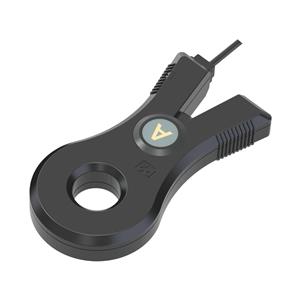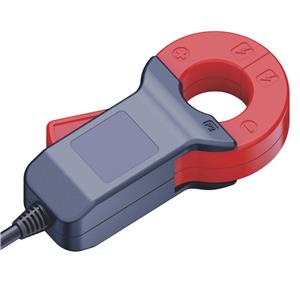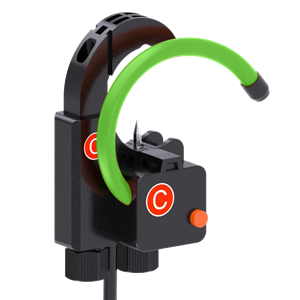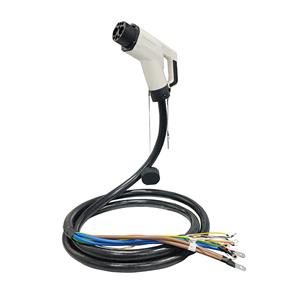Electronic Components Essential for Smart Cities
In the rapidly evolving era of digital transformation, smart cities are being designed to harness the power of technology to enhance urban living, efficiency, and sustainability. These futuristic metropolises rely on a multitude of electronic components to function seamlessly and facilitate their various objectives. Here's an overview of some key electronic elements that form the backbone of smart city infrastructure:
Internet of Things (IoT) Devices: IoT sensors, actuators, and interconnected devices, such as smart meters, traffic sensors, and lighting systems, collect and transmit data for efficient management of resources.
Communication Networks: High-speed wireless networks (5G, Wi-Fi 6, LoRaWAN), fiber-optic cables, and cellular infrastructure are vital for transmitting real-time data among devices, citizens, and city services.
Smart Grid Components: Advanced metering infrastructure (AMI), smart transformers, and energy storage systems enable distributed and renewable energy management.
Data Centers and Cloud Computing: Scalable data centers house the computing power required for big data analytics, machine learning, and cloud-based applications managing traffic, waste management, and public safety.
Smart Transportation Systems: Electronic toll collection systems, GPS-enabled vehicles, and intelligent traffic management systems use radio-frequency identification (RFID) tags and connected vehicles to optimize traffic flow.
Environmental Monitoring Sensors: Air quality sensors, water quality sensors, and climate monitoring systems provide real-time environmental data for pollution control and climate adaptation.
Public Safety Infrastructure: Surveillance cameras, emergency call systems, and security analytics platforms ensure public safety using AI-powered video analytics.
Smart Buildings: Energy-efficient building automation systems, smart HVAC, and lighting control systems optimize energy consumption and occupant comfort.
Smart Waste Management: Waste sorting and recycling sensors, combined with waste collection and disposal systems, promote sustainable waste management.
Smart Parking Solutions: Automated parking systems and real-time parking availability apps utilize IoT to minimize congestion and improve urban mobility.
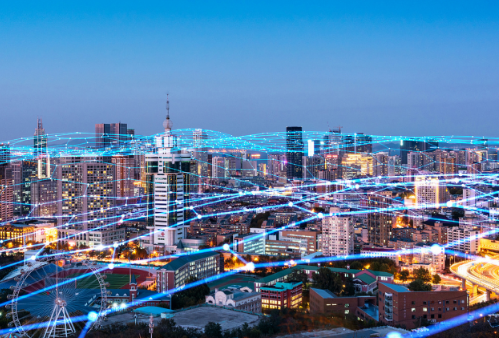
Each of these components works together to create a holistic and interconnected ecosystem, turning cities into living organisms capable of self-improvement and better serving their residents. As technology continues to advance, the list of electronic components necessary for smart cities will only expand, ensuring a more connected, livable, and sustainable future.

